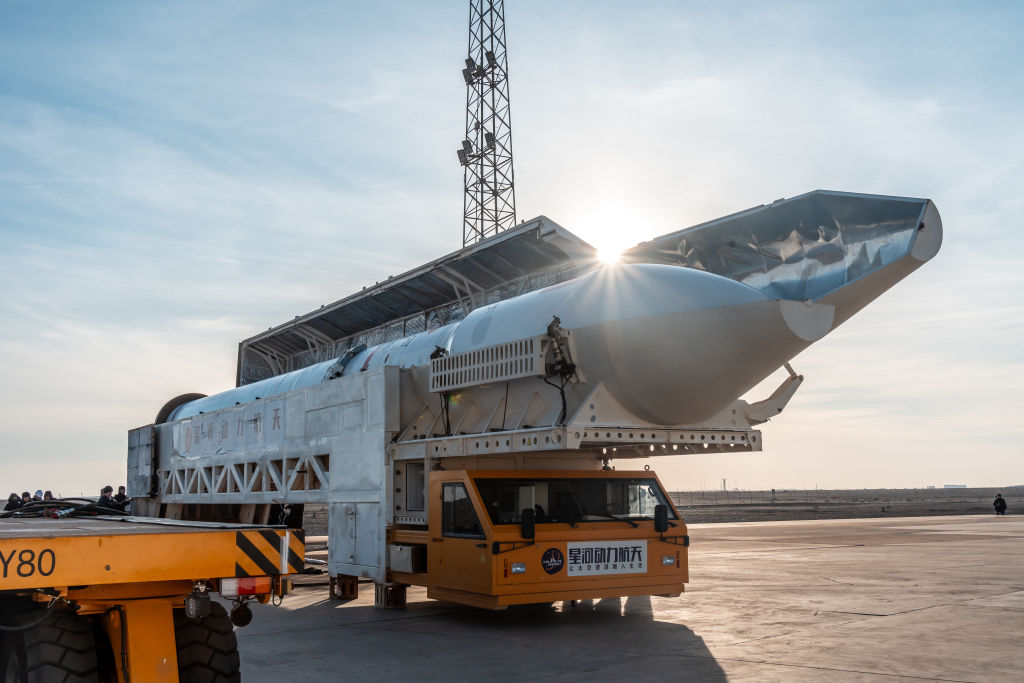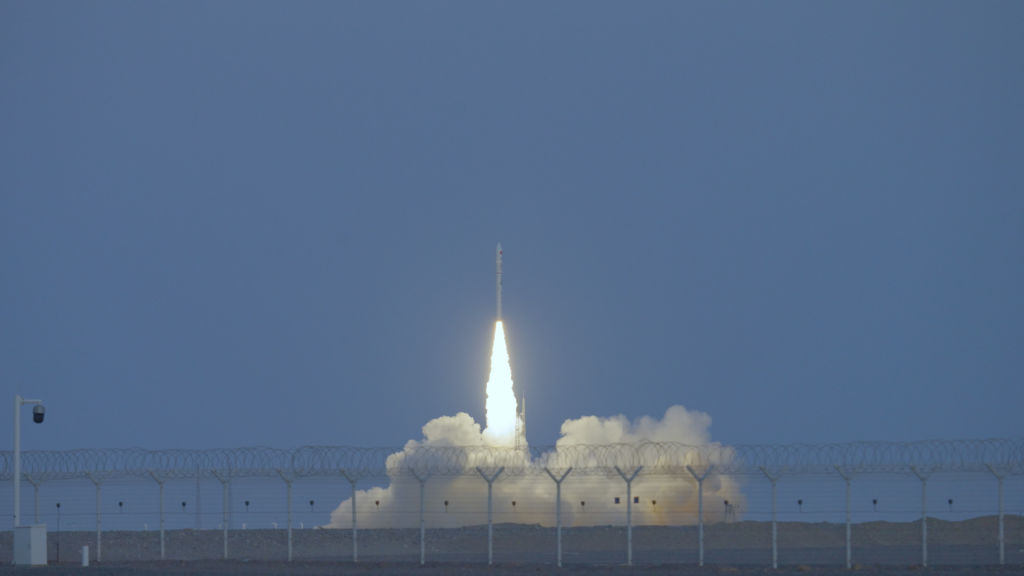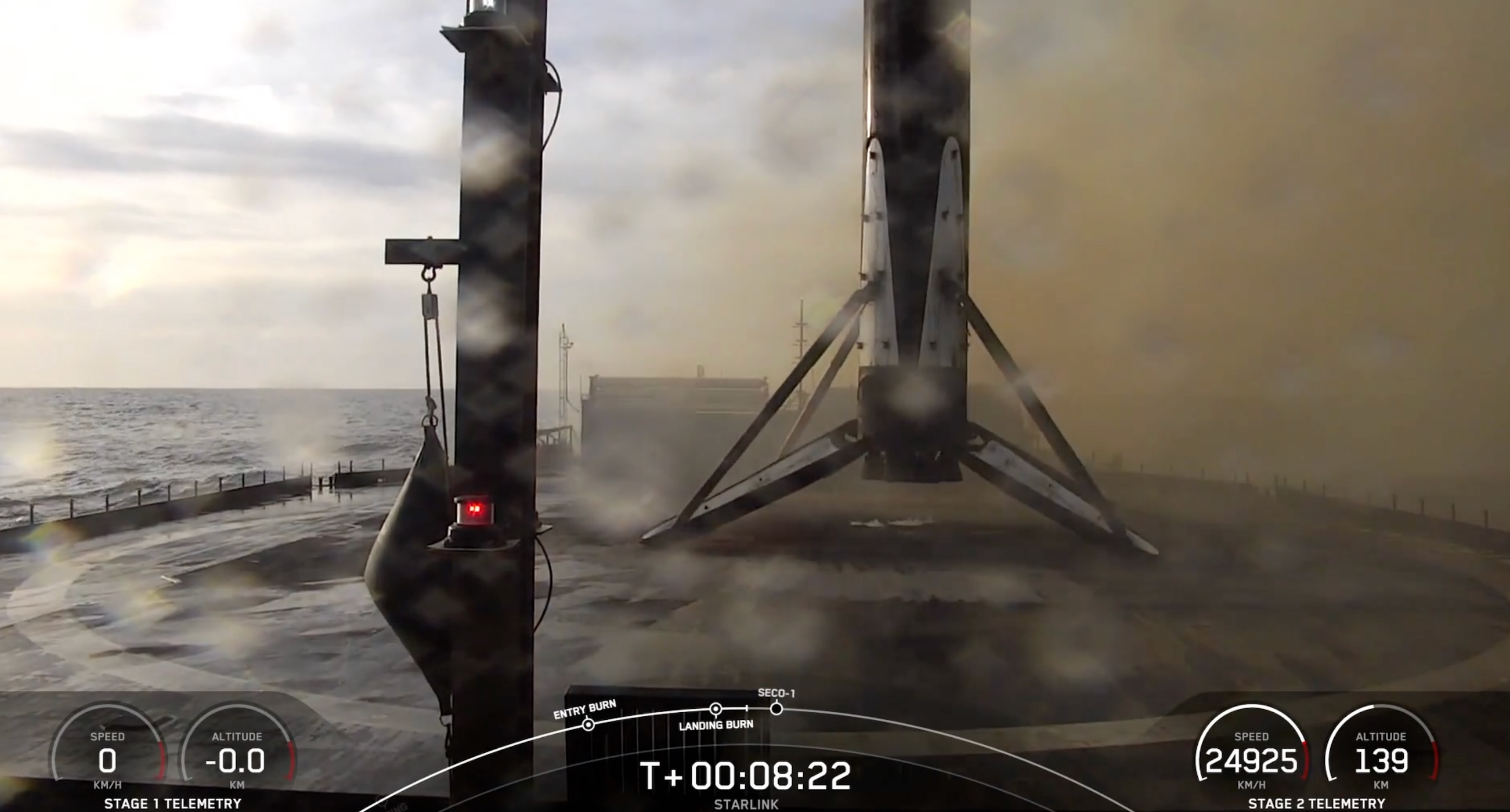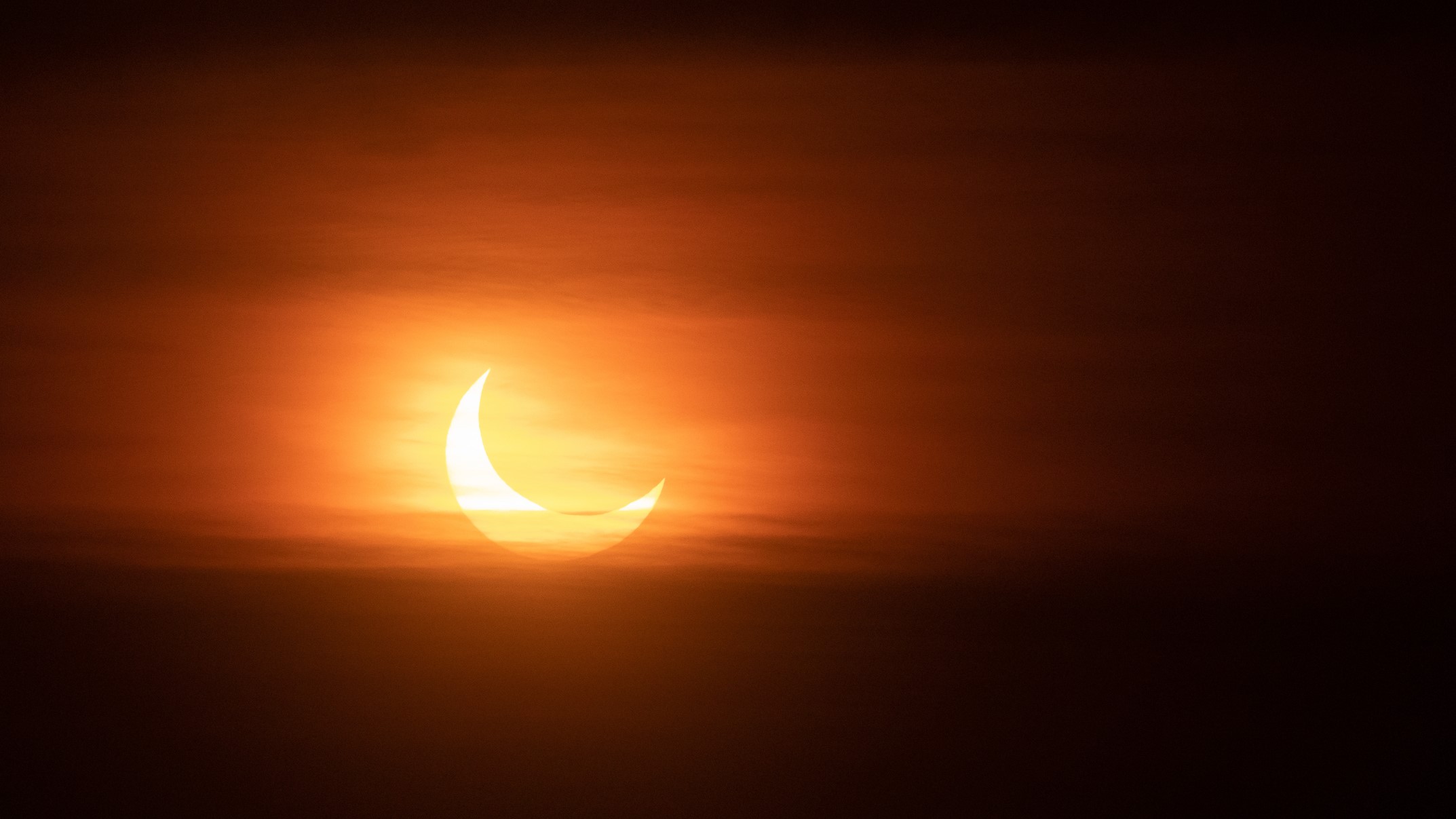A Chinese commercial space launch company is continuing its success with a small solid rocket ahead of a more ambitious launch later this year.
The Ceres-1 four-stage solid propellant rocket lifted off at 5:11 a.m. EST on Jan. 20 (1011 GMT; or 8:11 p.m. local time) from the Jiuquan Satellite Launch Center in the Gobi Desert, northwest China. Galactic Energy, the Ceres-1 manufacturer and operator, announced in a statement that five satellites had been successfully inserted into preplanned orbits.
Aboard the flight were four Yunyao-1 commercial meteorological satellites (satellites 37-40) and the Jitianxing A-05 satellite for K-Space Aerospace Technology based in Sichuan Province. The Yunyao-1 satellites feature GNSS occultation (GNSS-RO) payloads which discern weather data by detecting changes in signals from GPS and Beidou satellites as they pass through the atmosphere. The Jitianxing A-05 satellite carries a hyperspectral camera to capture remote sensing imagery of the Earth.
Galactic Energy is one of the early successes from China’s commercial space sector, with a launch record which stands at 17 launch attempts and 16 successes.
The company also plans to launch its first, more complex liquid propellant launch vehicle later this year. The Pallas-1 rocket—like Ceres-1 it is also named after a major planetary body in the main asteroid belt—uses a kerosene-liquid oxygen propellant mix and will eventually be adapted so that the first stage can be recovered and reused.
While the 62-foot-tall (19 meters), four-stage Ceres-1 can send 880 pounds (400 kilograms) to low Earth orbit (LEO), the 138-ft-tall (42 m) Pallas-1 will be capable of sending up to 17,630 pounds (8,000 kg) to LEO.
Monday’s mission was China’s fourth orbital launch of 2025, following launches that sent a satellite refueling test spacecraft, navigation enhancement satellite and an Earth observation satellite for Pakistan into orbit.







